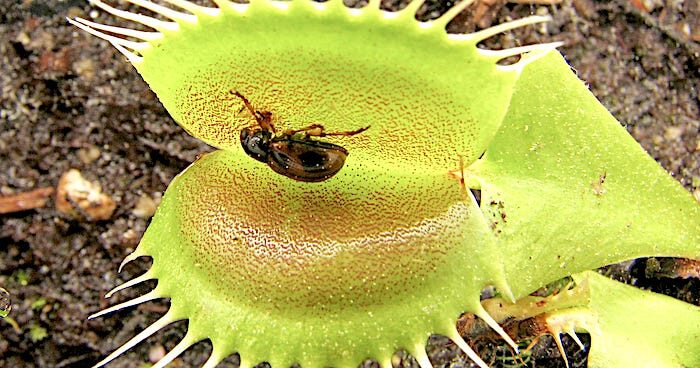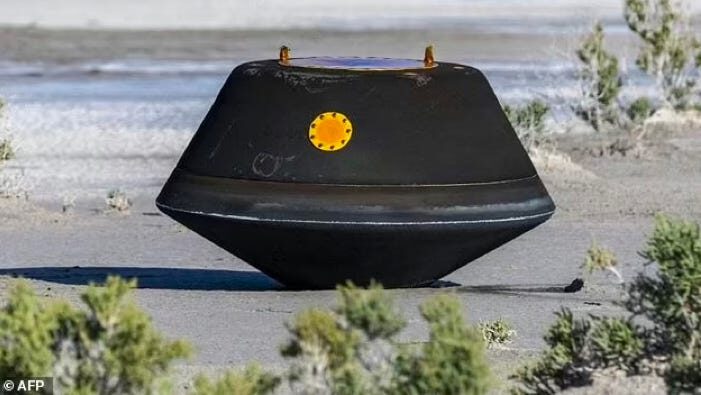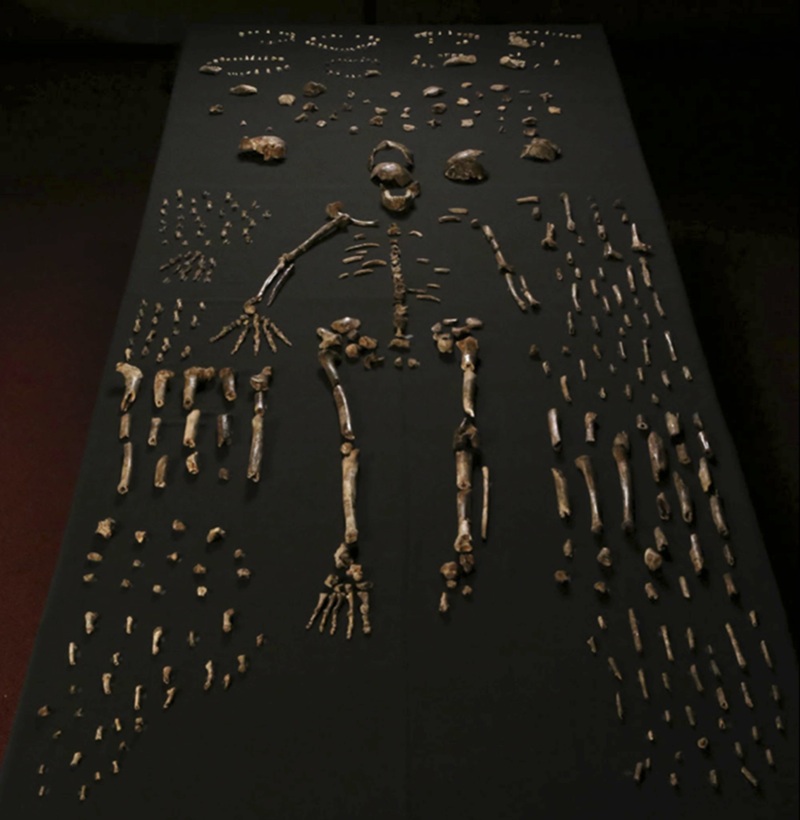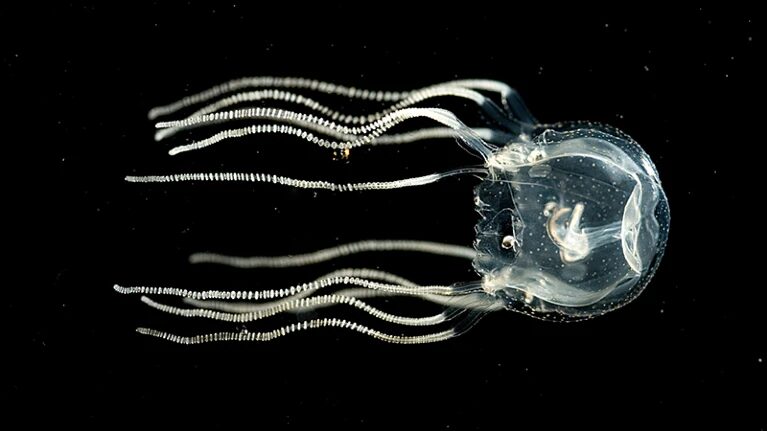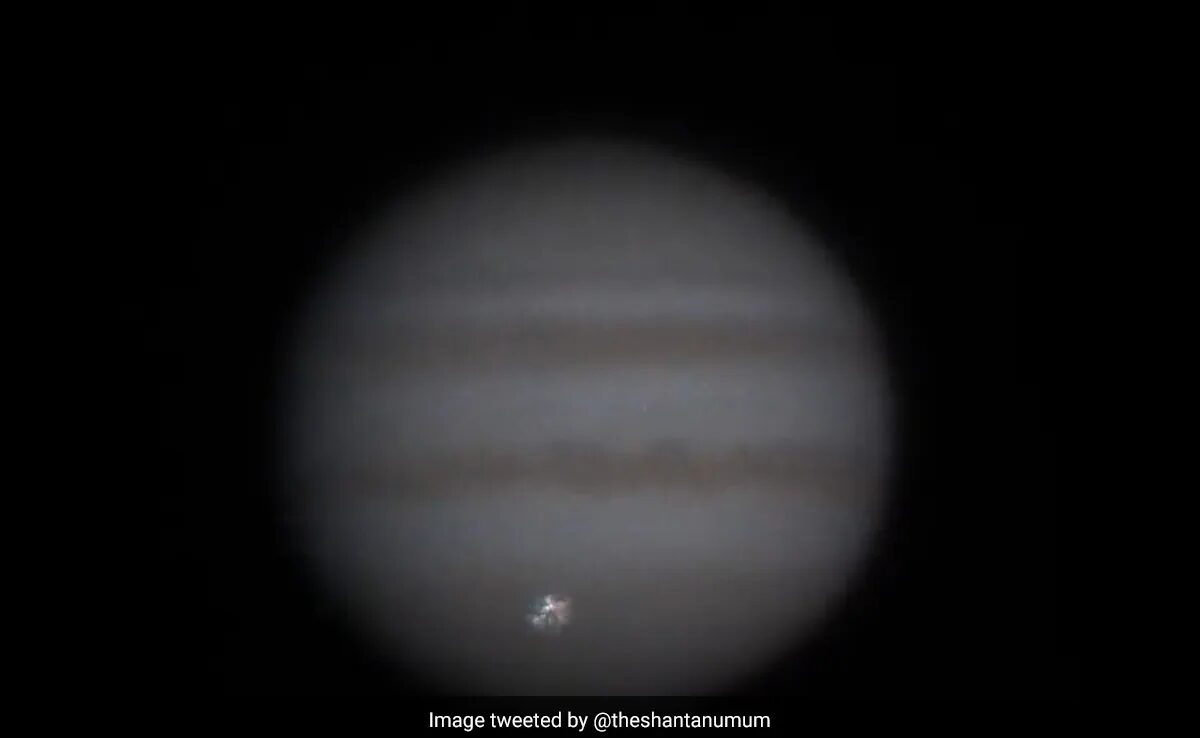
© Keyi "Onyx" Li/U.S. National Science Foundation
On Wednesday (Sept. 27) morning, an international team of physicists reported a major finding about an elusive form of matter known as antimatter. It appears that
antimatter responds to gravity the same way regular matter does.This result marks the
first-ever direct observation of free-falling antimatter, in which atoms are made of antiprotons instead of protons and antielectrons (positrons) instead of electrons. Antiprotons are basically negatively charged
protons (protons are positive in normal matter atoms) and positrons are positively charged electrons (electrons are negative in normal matter
atoms). Yeah, it's weird.
More specifically to the recent story, the team's feat ultimately proved that
atomic antihydrogen in particular — made up of one antiproton in the center with a positively charged positron orbiting around it — is pulled downward due to
gravity instead of upward like you might expect with a form of matter that presents as the "opposite" of normal matter, which, as we know, falls downward with gravity as well.
Furthermore, close to three decades after antihydrogen was first created in a lab, today's scientific triumph is yet another confirmation of
Einstein's general theory of relativity, which predicts that
all masses, irrespective of differences in their internal structures, react to gravity in a similar manner.Jonathan Wurtele, a physics professor at the University of California at Berkeley who first proposed the experiment over a decade ago and a co-author of the new study, said in a
statement:
"If you walk down the halls of this department and ask the physicists, they would all say that this result is not the least bit surprising. That's the reality. But most of them will also say that the experiment had to be done because you never can be sure."

